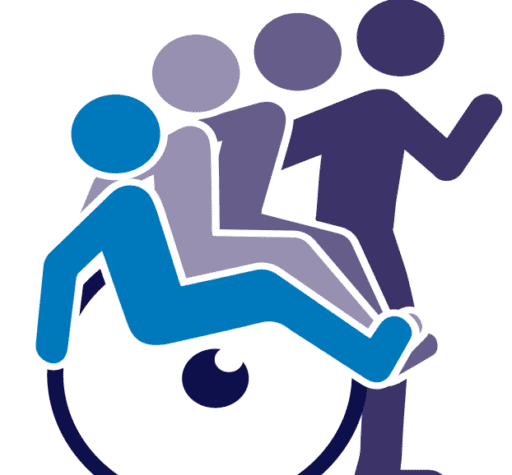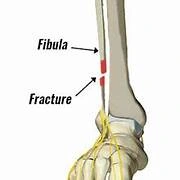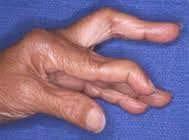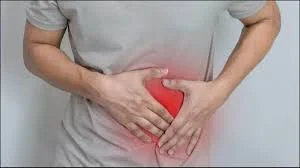Stationary Bicycle Exercises
Introduction Benefits of a stationary bike workout Boosts cardio fitness This in turn has several positive effects on your health, such as: Can help with weight loss Burns body fat Provides a low-impact workout Strengthens legs and lower body muscles Allows for interval training Safer than road cycling Stationary Bike Setup How to Do the…










